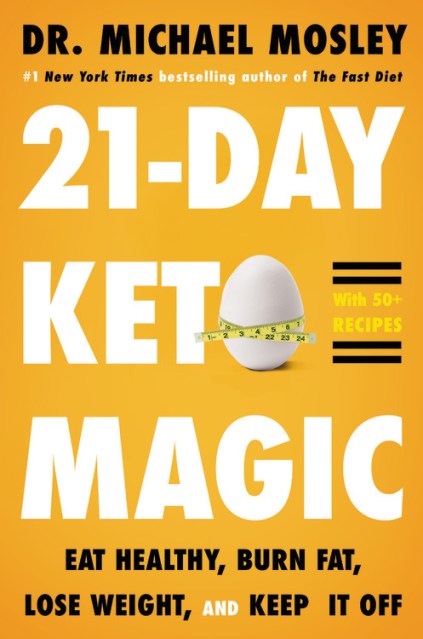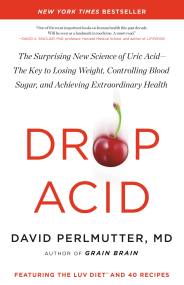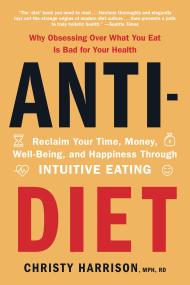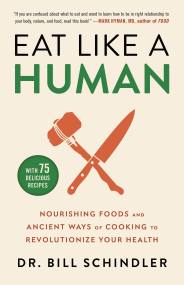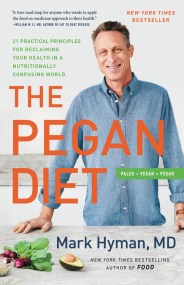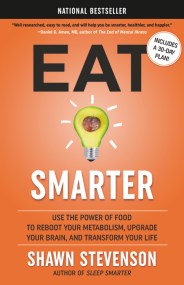Promotion
Use code BEST25 for 25% off storewide. Make sure to order by 11:59am, 12/12 for holiday delivery!
By clicking “Accept,” you agree to the use of cookies and similar technologies on your device as set forth in our Cookie Policy and our Privacy Policy. Please note that certain cookies are essential for this website to function properly and do not require user consent to be deployed.
21-Day Keto Magic
Eat Healthy, Burn Fat, Lose Weight, and Keep It Off
Contributors
Formats and Prices
- On Sale
- Apr 5, 2022
- Page Count
- 288 pages
- Publisher
- Little Brown Spark
- ISBN-13
- 9780316395113
Price
$29.00Price
$37.00 CADFormat
Format:
- Hardcover $29.00 $37.00 CAD
- ebook $14.99 $19.99 CAD
- Audiobook Download (Unabridged) $18.99
This item is a preorder. Your payment method will be charged immediately, and the product is expected to ship on or around April 5, 2022. This date is subject to change due to shipping delays beyond our control.
Buy from Other Retailers:
Recent studies have shown that a keto diet not only produces significant—and rapid—weight loss, but also has many other benefits for long-term health. But it must be done the right way. In 21-Day Keto Magic, Dr. Mosley presents the latest science on the ketogenic diet—a diet high in fat and protein and very low in carbs—explaining how it works and why it is so good for you. The aim of a keto regime is to kickstart a process called ketosis, whereby your body goes from burning sugar to burning fat for fuel. Flipping this metabolic switch has the added advantage of making you feel less hungry, which makes the diet highly motivating and relatively easy to sustain.
21-Day Keto Magic offers a detailed, step-by-step program, along with easy tips and clear advice on which foods support ketosis and which ones stop it, how to tell if you are producing ketones, and how to ensure that you’re following the diet safely. There are also 50 delicious recipes from Michael’s wife, Dr. Clare Bailey, as well as shopping lists, weekly meal planners, and all the other tools you need to ditch stubborn fat and transform your health for life.
Newsletter Signup
By clicking ‘Sign Up,’ I acknowledge that I have read and agree to Hachette Book Group’s Privacy Policy and Terms of Use
